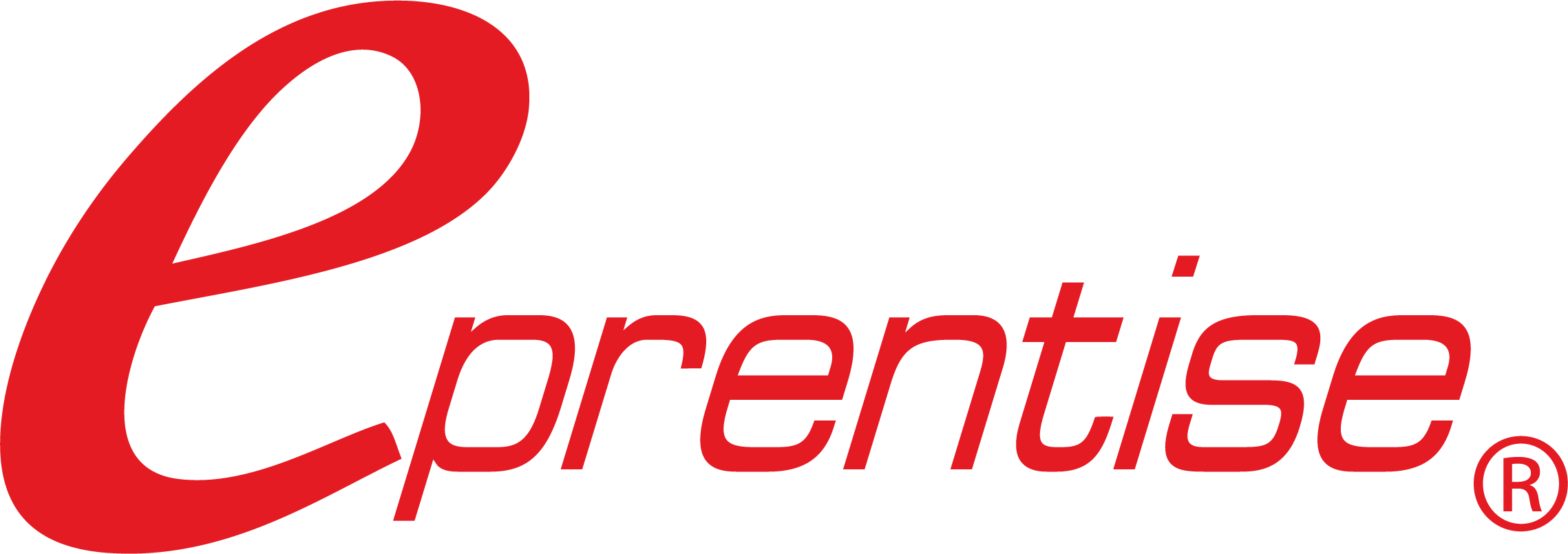In Time to Grow Part I we reviewed some of the conditions that would indicate that organizations can improve the productivity of back-office services by consolidating Oracle® E-Business Suite (EBS) instances and establishing shared services organizations for finance, accounting, payables, receivables, and purchasing. Although the cost savings may be significant, the undertaking may be daunting for some organizations. Not only will the data in EBS instances need to merged but organizations will also have to reengineer business processes. Although the concept of consolidating EBS instances alone may have been daunting, with today’s availability of software like eprentise® Consolidation software that automates the consolidation process, reduces the time to production, and eliminates the need for costly consultants, undertaking an EBS consolidation is much more feasible.
Nevertheless, organizations would still be faced with the complex task of reengineering business processes and physically consolidating (or digitizing) organizations (the HR and political side of the consolidation project), which may not always be feasible.
Still, CIO’s and CFO’s can squeeze more productivity from their back office operations by applying one simple, low-cost change to all of their Oracle EBS instances: adopting a single Chart of Accounts (COA) for all legal entities and ledgers, regardless of their physical or virtual location.
During the initial implementation of Oracle EBS, organizations designed COAs that reflected the existing regulatory regimes and the way they did business at the time. After the initial implementation, which was a monumental project in itself, the business environment changed. Organizations may have acquired new companies, added new product lines, or entered global markets with new localized regulatory requirements. Over time, new regulatory regimes emerged (Sarbanes-Oxley Section 404, HIPAA privacy, ITIL, IFRS, J-SOX, Graham-Leach-Bliley, changes in GAAP rules, etc.) and with them new ways of doing business: added transparency, increased security, and so on.
As organizations grew, changed, and adapted to changing regulatory requirements, they also outgrew the original COA design. Organizations dealt with the growth by either implementing additional EBS instances, creating additional ledgers, or setting up new legal entities to accommodate the new parts of their businesses. In some of these cases, current COAs became obsolete, running out of room to meaningfully track financial transactions. Accountants were forced to code transactions to accounts that were out of range and didn’t make much business sense, creating an unintuitive COA that required much more time when entering transactions and creating journal entries. In the worst cases, companies created additional COAs to compensate, defining the new COAs with different segments and values than the original. This caused finance teams to rely on spreadsheets and other offline workarounds to manually map accounts between the COAs for financial consolidation during each period-end close – a painful, error-prone, and time consuming task.
By adopting a single Chart of Accounts, regardless if they are running EBS R11i or R12, organizations can standardize accounting practices, restructure transactions to accurately reflect changes in their businesses, and improve the accuracy and speed of reporting by reducing the use of spreadsheets and maintenance of cross validation rules. Period-end reporting becomes streamlined and efficient. Routine tasks that may have taken over a month can be reduced to days. Perhaps most importantly, business users will be able to run their own real-time reports, accessing data when they need to without relying on finance or IT teams.






